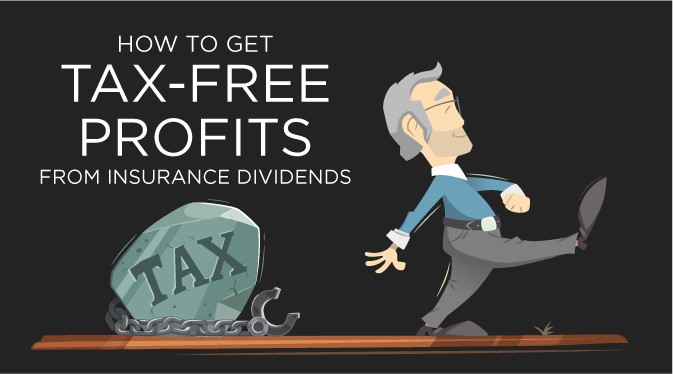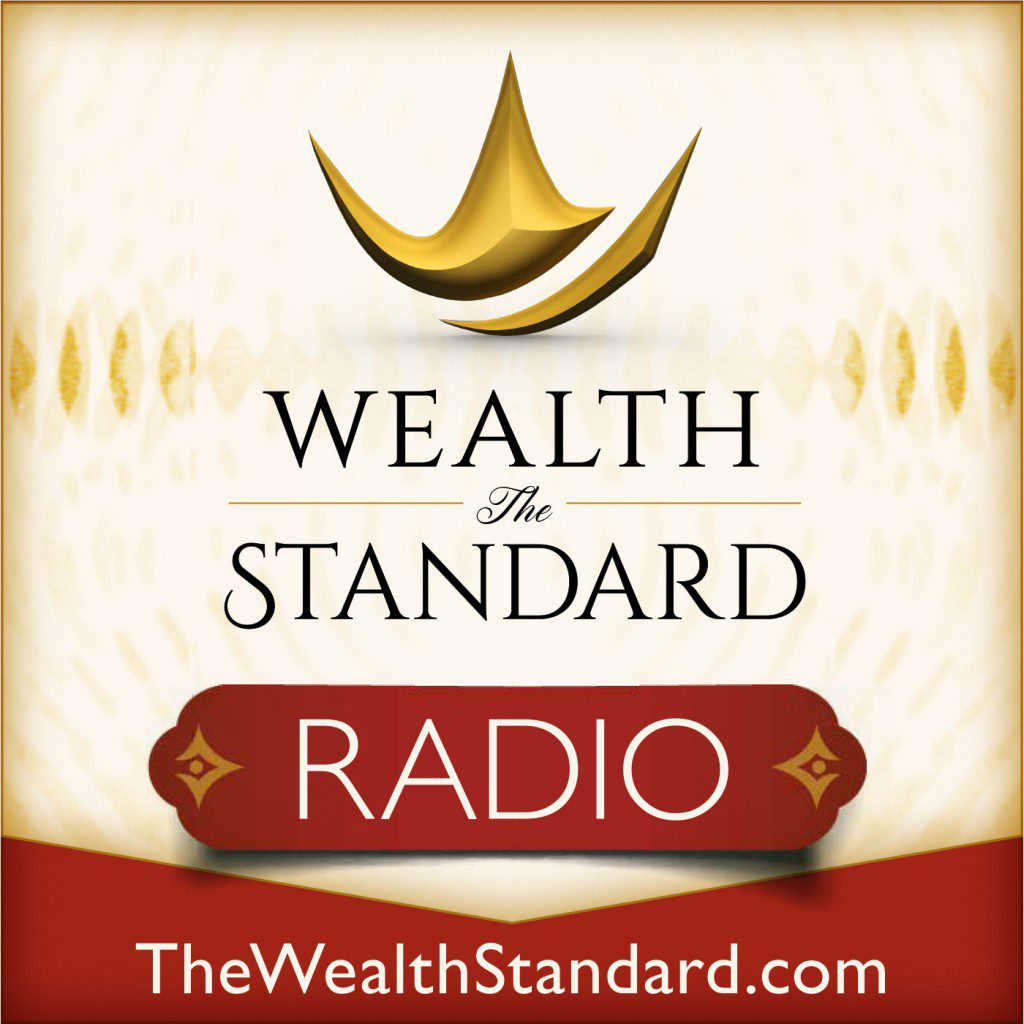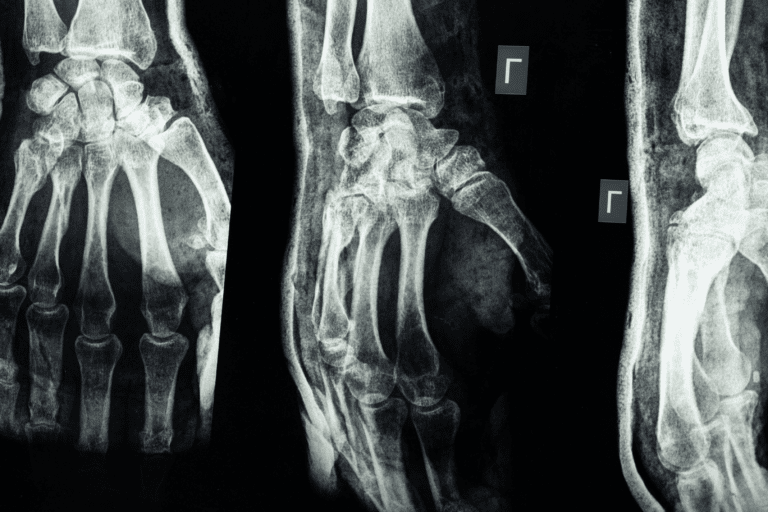When you think about life insurance do you associate it with making money? We want you to. When we recommend using Infinite Banking as a wealth strategy, we recommend you use insurance with a cash addition. When you structure a life insurance policy the right way you gain certainty, liquidity, and tax benefits. These advantages are driving people to use this strategy more and more.
When people think of dividends, they usually think of profits paid to shareholders. But, let’s take a deeper dive to how insurance dividends can create an entire wealth strategy for you.
Dividends as they relate to insurance
Just like any public company, an insurance company has assets (premiums and holdings) that generate returns. After the cost of doing business for an insurance company is paid (death benefits, general costs, reinvestment, and overhead) they pay dividends. But who do they pay the dividend to? The policyholders, but we’ll look more in depth at that after we look at what products insurance companies sell in exchange for a premium.
Term:
- • Provides insurance for a specific period, such as 10, 15 or 20 years, and is renewable after those terms are up.
- • Generally have lower premiums than permanent insurance, but increase on renewal.
- • Does not accumulate cash value (no savings component).
Permanent (whole life and universal life):
- • Provides lifelong financial protection as long as the policy is in force.
- • The premiums typically increase upon each renewal.
- • Includes a savings component known as cash value; the longer you pay into your policy, the more its cash value grows. You can choose to cash in or borrow against your permanent life policy and use the funds as needed.
Only a participating whole life policy will receive a dividend. Let’s look at why.
How insurance companies differ from each other
An insurance company is either publicly traded (stock) or owned by the policy holders (mutual).
Stock insurance companies
Are held by a few stock holders or traded on the stock exchange. Their main focus is profitability for the shareholders, not longevity. Policy holders do not typically share in profits or losses of the company, and this can create an inherent conflict of interest with the customer. Like any publicly traded company, stock-oriented companies are trying to get the most dividends in the shortest amount of time.
Mutual insurance companies
Are owned by the policy holders who are called “contractual creditors” with a right to vote for the Board of Directors. These insurance companies consider the benefit and the protection of the policyholders and their beneficiaries. They are far more conservative, consider safer investments, and have the luxury of planning for the long haul. While not guaranteed, these are the companies that are likely to pay a dividend every year, even in turbulent economic times.
When looking through a wealth strategy lens, we recommend a mutual insurance company and a permanent policy every time.
Receiving dividends to create a wealth strategy
Now that you know you can get a dividend from a mutual insurance company through a permanent policy, let’s talk strategy. You can receive the dividend in several ways—some more tax-strategic than others. You can:
- Receive a check as a disbursement (some tax consequences).
Note: You can take “up to cost basis” tax-free. Meaning you can take up to the amount you have paid into the policy tax free, then once you’ve received what you put in you’ll have taxes to pay.
- Reinvest the dividend into the policy through paid up addition (no tax consequence).
- Use the dividend to pay down the premium (no tax consequence).
- Put the dividend back into the policy as a cash addition then take a loan (no tax consequence).
For all of the “no tax consequence” options, you can consider that money off-the-books for tax purposes; no need to even mention it on a return. Crazy cool if you ask us.
As a short example, let’s say you need to buy a car. You could take the dividend as cash, pay due taxes on it, and buy your car. . .OR you could reinvest it into your paid up addition and take a loan from that pool of money to pay yourself—voila, you’ve got your car and no need to pay taxes on the money you borrowed from your savings component. Then you’ll pay yourself back and recapture the growth.
Our webinar How to Build Wealth Outside Wall Street gives more specifics of Infinite Banking. We absolutely love sharing wealth-building strategy just like this. If you haven’t already, we invite you to take 2 minutes to sign up for a FREE, extensive eCourse called Infinite 101®. You’ll receive access to video tutorials, articles, and podcasts. It literally costs you nothing to become educated on this ideal financial strategy and start changing your wealth paradigm!
Take advantage of this FREE resource by clicking below.
FAQ
Q: Can you outline some key strategies for achieving tax-free profits from insurance dividends?
A: Certainly. These strategies may include utilizing specific insurance products, understanding policy structures, and optimizing cash value growth to potentially receive tax-free profits.
Q: Why should individuals consider these strategies for tax-free profits through insurance dividends?
A: Individuals should consider these strategies as they may offer opportunities to grow wealth without incurring taxes on the profits, contributing to financial security and tax efficiency.









